Chapter 15
Application Layer and ClientServer Model
McGrawHill ©The McGrawHill Companies, Inc., 2000
CONTENTS CONTENTS
• CLIENTSERVER MODEL • CONCURRENCY • PROCESSES
McGrawHill ©The McGrawHill Companies, Inc., 2000
Figure 151
Comparison between OSI and TCP/IP
McGrawHill ©The McGrawHill Companies, Inc., 2000
15.115.1
CLIENT-SERVER MODEL
McGrawHill ©The McGrawHill Companies, Inc., 2000
Figure 152
Client-server model
McGrawHill ©The McGrawHill Companies, Inc., 2000
Figure 153
Client-server relationship
McGrawHill ©The McGrawHill Companies, Inc., 2000
15.215.2
CONCURRENCY
McGrawHill ©The McGrawHill Companies, Inc., 2000
Figure 154
Server types
McGrawHill ©The McGrawHill Companies, Inc., 2000
Figure 155
Connectionless iterative server
McGrawHill ©The McGrawHill Companies, Inc., 2000
Figure 156
Connection-oriented concurrent server
McGrawHill ©The McGrawHill Companies, Inc., 2000
15.315.3
PROCESSES
McGrawHill ©The McGrawHill Companies, Inc., 2000
Figure 157
Programs and processes
McGrawHill ©The McGrawHill Companies, Inc., 2000
Figure 148
Prototype for the getpid function
McGrawHill ©The McGrawHill Companies, Inc., 2000
Figure 159
A program that prints its own processid
McGrawHill ©The McGrawHill Companies, Inc., 2000
Figure 1410
Prototype for the fork function
McGrawHill ©The McGrawHill Companies, Inc., 2000
Figure 1411
A program with one parent and one child
McGrawHill ©The McGrawHill Companies, Inc., 2000
Figure 1512
A program with two fork functions
McGrawHill ©The McGrawHill Companies, Inc., 2000
Figure 1513
The output of the program in Figure 15.12
McGrawHill ©The McGrawHill Companies, Inc., 2000
Figure 1514
A program that prints the processids of the parent and the child
McGrawHill ©The McGrawHill Companies, Inc., 2000
Figure 1515 Example of a server program with parent and child processes
McGrawHill ©The McGrawHill Companies, Inc., 2000



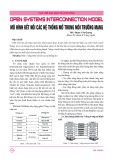
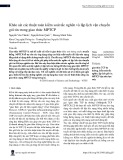


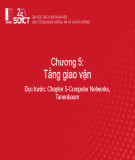

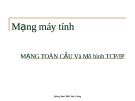
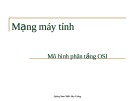



![Câu hỏi trắc nghiệm Mạng máy tính: Tổng hợp [mới nhất]](https://cdn.tailieu.vn/images/document/thumbnail/2025/20251001/kimphuong1001/135x160/15231759305303.jpg)
![Câu hỏi ôn tập An toàn mạng môn học: Tổng hợp [mới nhất]](https://cdn.tailieu.vn/images/document/thumbnail/2025/20250919/kimphuong1001/135x160/30511758269273.jpg)






![Giáo trình Công nghệ mạng không dây (Nghề Quản trị mạng máy tính, Trình độ Cao đẳng) - Trường Cao đẳng Thủ Thiêm [Mới nhất]](https://cdn.tailieu.vn/images/document/thumbnail/2025/20250916/kimphuong1001/135x160/13561758013095.jpg)



